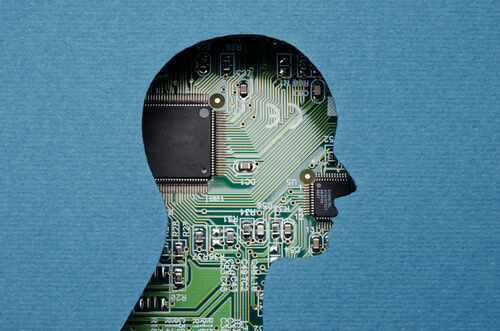We have been using robotic energy and services for years for a variety of manufacturing practices However, as artificial intelligence continues to improve, we are starting to tap into its capabilities to use it in a more productive way. The benefit of learning-based image analysis is a greater inspection capability and machine vision with less errors or flaws than human judgement. Smoother and more accurate operations lead to an increase in productivity and more profit.
Can Artificial Intelligence Enhance Machine Vision System Capabilities?

03
Aug




